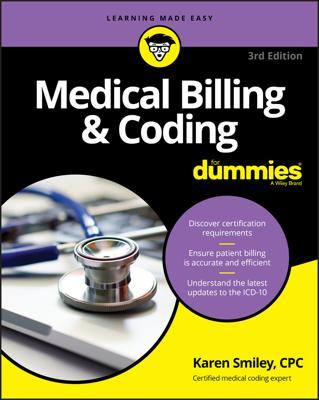As a medical billing professional, knowing your stuff will help with meshing the COB with the EOB. Your explanation of benefits (EOB) may address something known as coordination of benefits (COB), which has to do with benefits assigned to dependents or children who are covered under both their parents’ insurance.
If, for example, both parents are employed and have benefits, either one or both of the parents will have dependent coverage on the children. When both parents exercise this option, confusion often ensues. Here are some of the key issues that arrive with COB claims:
-
When both parents exercise this option, whose plan is the primary payer (the first payer to be responsible for claim processing)? This is decided by the birthday rule, which states that the parent with the earlier birthday (by month and day, not year) is the primary payer. So if Mom’s birthday is January 6 and Dad’s birthday is May 31, Mom's insurance is the primary payer.
-
If a claim is submitted to Dad’s insurance when Mom’s plan is the primary payer, what happens? Dad’s insurance usually denies payment as the responsibility of another payer. If you submitted the claim to Dad’s insurance after Mom’s insurance paid, you also need to submit the EOB from Mom’s insurance along with the claim to show that the claim was paid or priced by the correct payer.
Dealing with two-parent or dual coverage of an adolescent gets more complicated when a divorce is a factor in determining responsibility. Some divorce decrees assign responsibility for medical coverage to a certain parent, and this decree may conflict with the birthday rule. When this happens, getting the claim paid correctly takes tenacity, and you may need assistance from the parent(s).
Similarly, when a responsible parent remarries and that spouse or step-parent becomes the primary carrier, getting claims paid correctly can take months.
-
What happens if, for some reason, the primary payer’s plan no longer insures the child? In this case, the parents need to contact the correct payer and update the records so that the claim will pay correctly.

